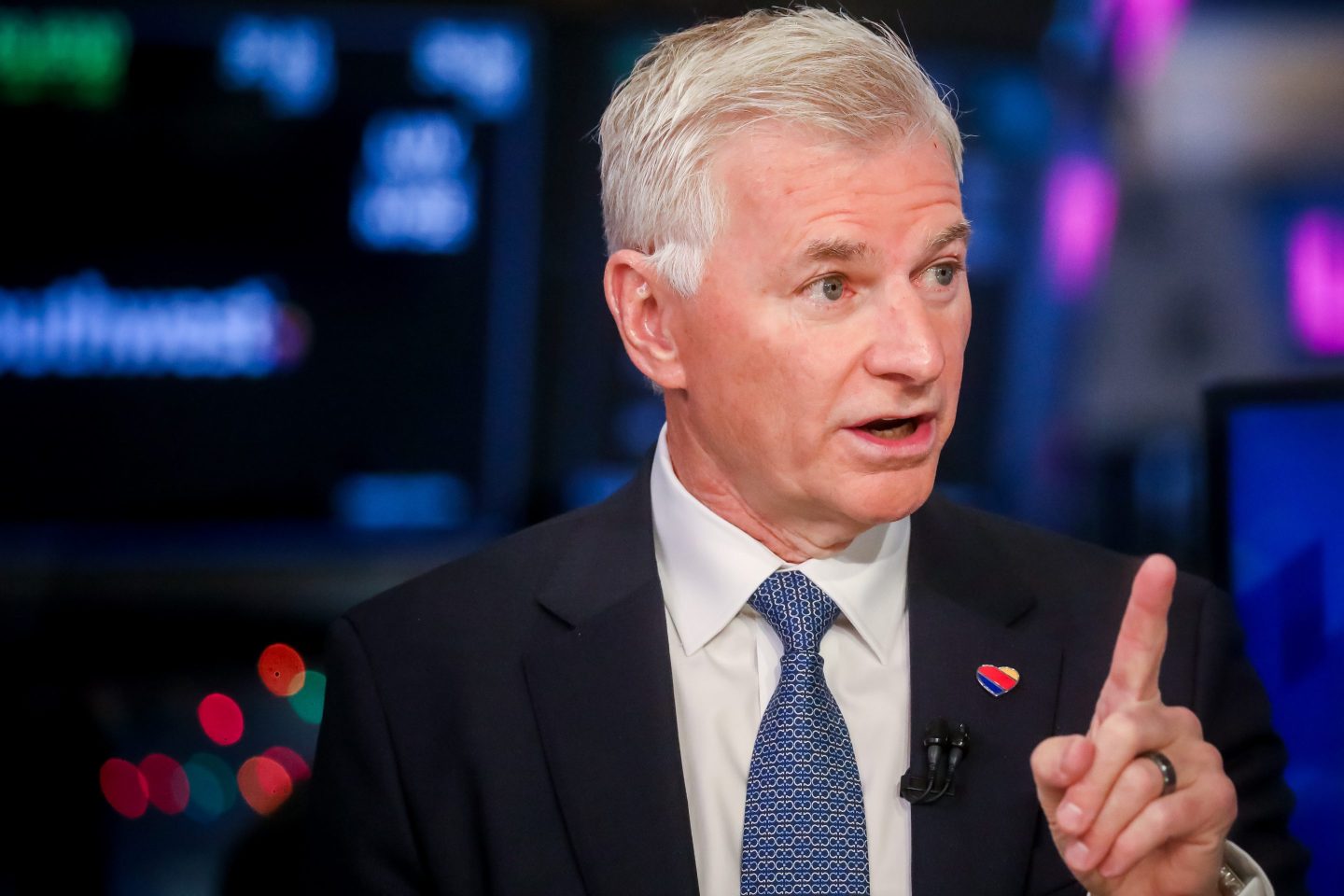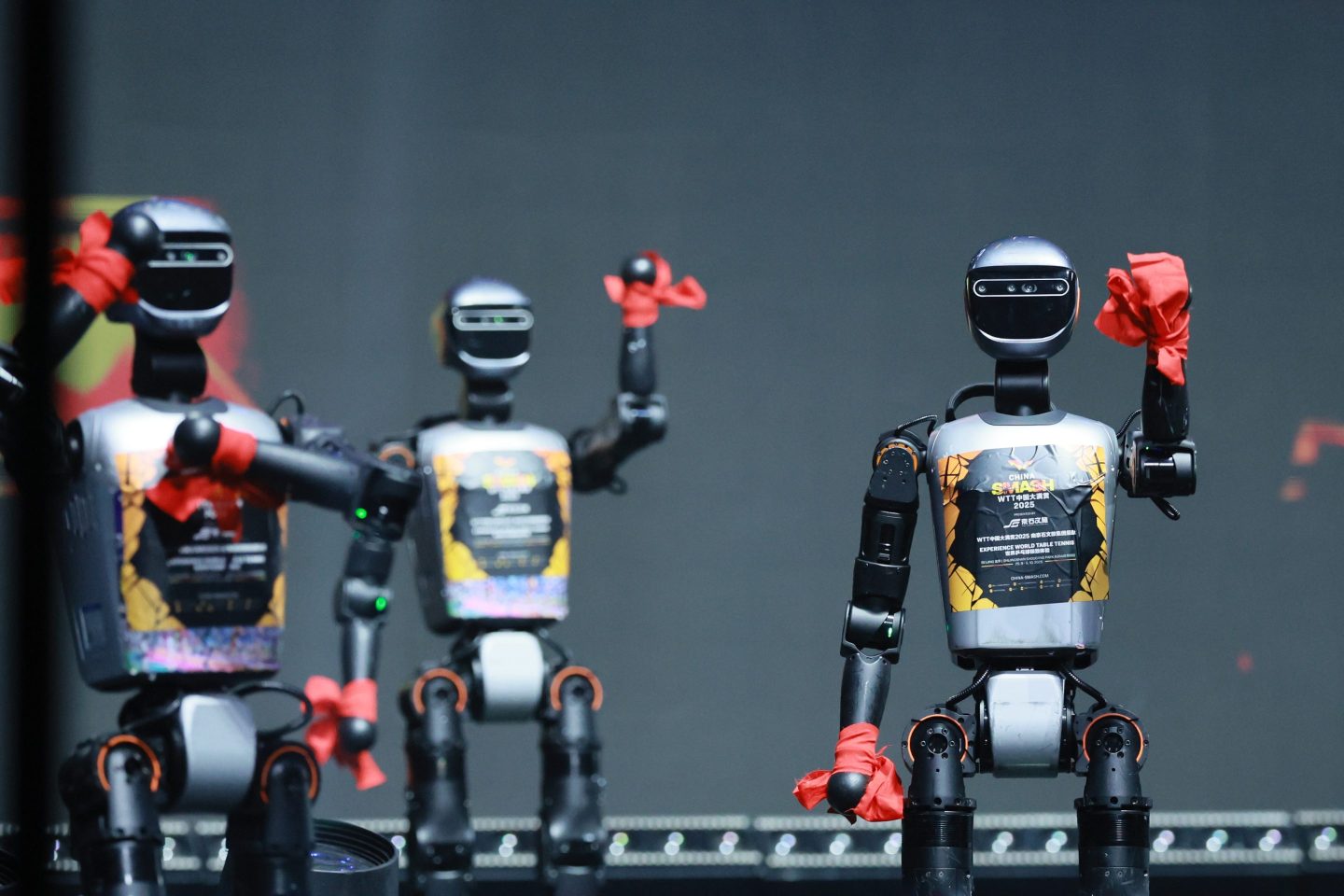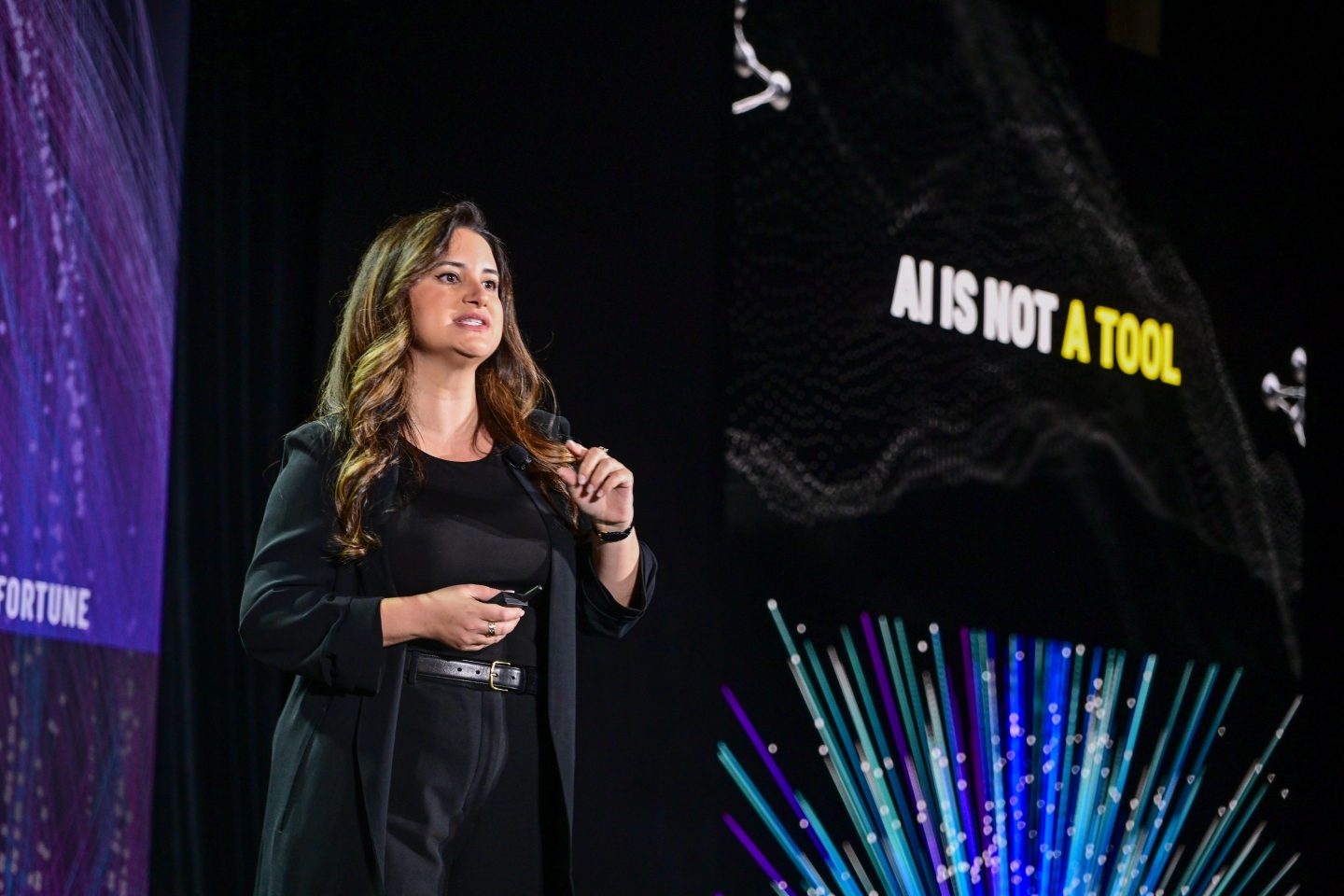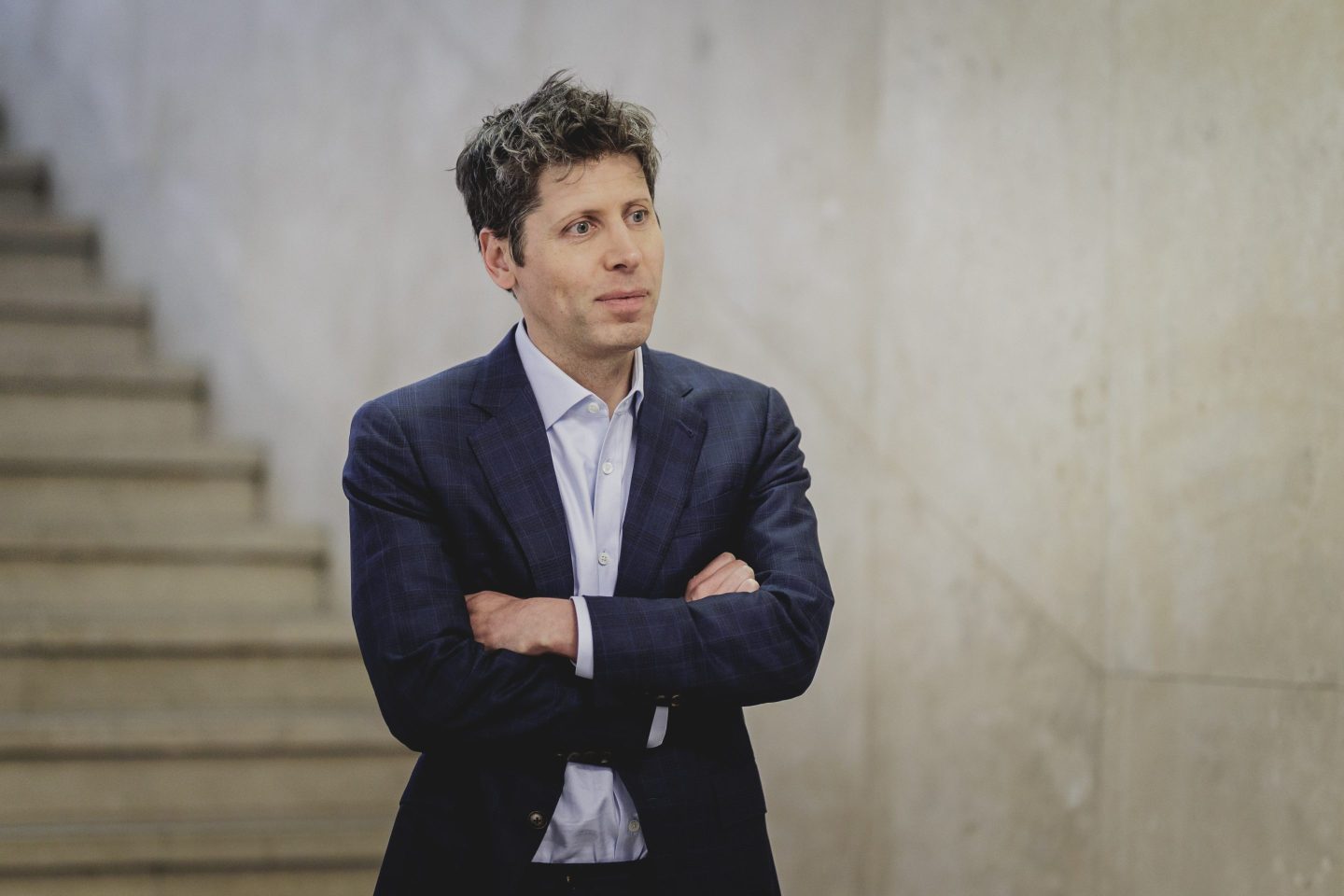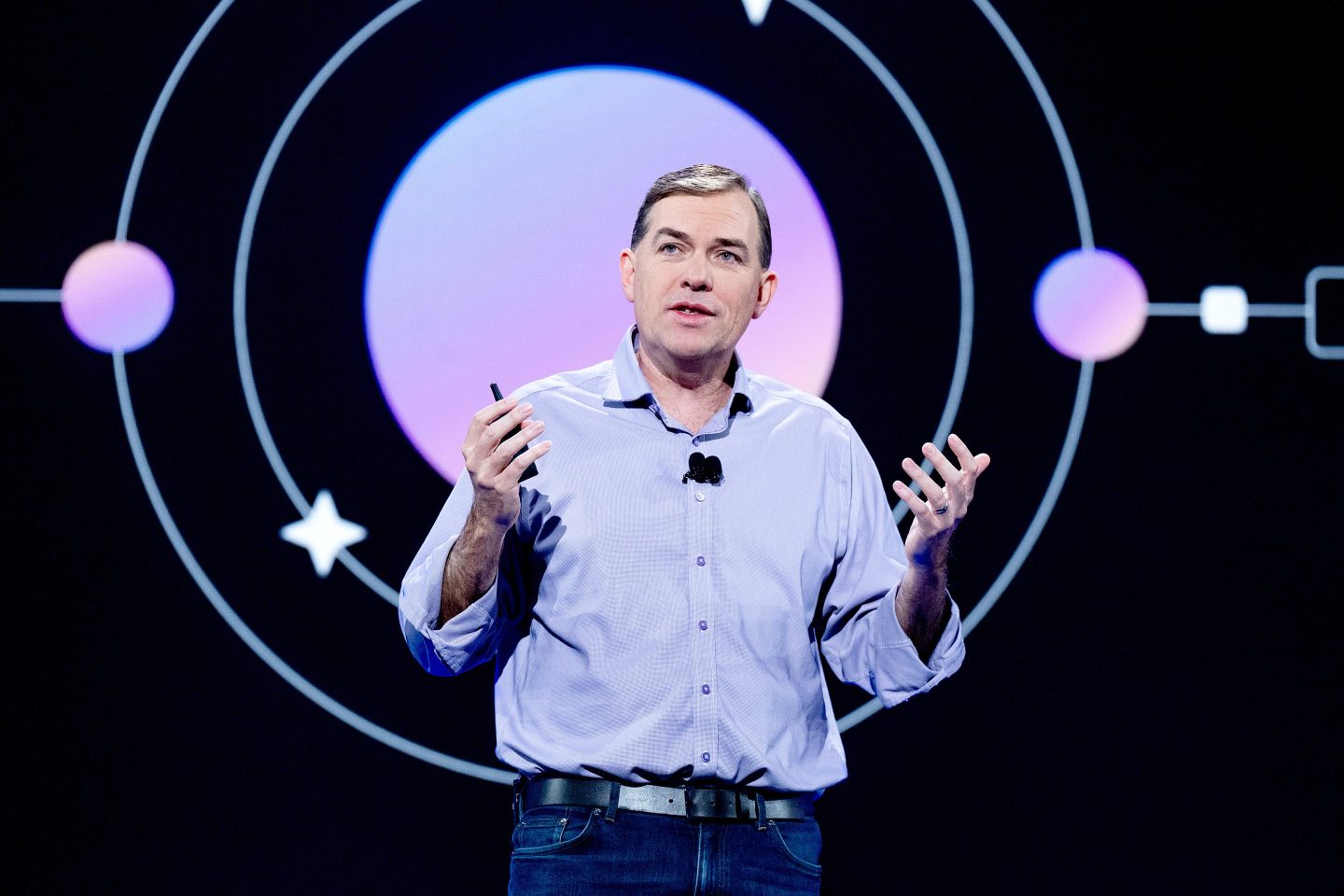Experts in teenage mental health say social media is a significant factor in a rising tide of anxiety among teenagers and adolescents.
Some victims are so seized with anxiety they can’t go to school or perform basic tasks – and untold thousands more could grow up unable to cope with the complexities and challenges of everyday life, according to a comprehensive new feature on teen anxiety from the New York Times.
There’s a wealth of hard evidence: Between 1985 and 2016, the number of UCLA freshmen reporting feeling “overwhelmed” surged from 18 percent to 41 percent. Nationally, rates of “overwhelming anxiety” among college students spiked from 50 percent in 2011 to 62 percent in 2016.
Social media is just one of many factors emerging in the latest trends, with others including perfectionism and over-commitment among privileged kids, and the often all-too-real threat of violence and instability for poor and working-class teens.
But technology may be turning some of those age-old problems into more powerful fuel for teen insecurity. Apps like Instagram let teens present the rosiest possible picture (literally) to their peers, while leaving out the inevitable low points of real life. In fact, Britain’s Royal Society for Public Health recently found that Instagram was the social media platform with the worst consequences for youth mental health. One teen patient, in intensive therapy for his anxiety disorder, told the Times that he “[would] constantly be judging my self-worth online” during high school.
Get Data Sheet, Fortune’s technology newsletter.
The design of apps themselves can also be detrimental, particularly for those at risk for anxiety. Many apps, gadgets, and media platforms are carefully designed to manipulate our brains by hijacking pleasure centers, which young people have less ability to resist. Some neurological research indicates such systems may have long-term impacts on developing young brains.
But the Times points out that smartphones can also be detrimental when they filter out stimuli – specifically, those of the real world. One anxiety expert warns against the “illusion of control” smartphones can provide to teenagers seeking to insulate themselves. While it may help them cope in the short term, it can keep them from developing the resilience and coping skills necessary to thrive.
The atrophy of those skills, reporter Benoit Denizet-Lewis found, has left a disturbing number of teens unable to stomach even the everyday anxieties involved in going to school. One of his subjects ultimately dropped out of high school to pursue a G.E.D.
At least some experts told the Times that the solution to anxiety is to stop treating adolescents like babies – to insist that they face challenges and handle everyday tasks themselves, rather than coddling them. That ethos has been formalized in what’s known as “exposure therapy” exercises that force anxious teens to push their boundaries, and which have proven effective.
But therapy can be costly, and few parents have access to residential treatment programs like the one at the heart of the Times story. But they may find that making positive change is relatively easy when it comes to the technology part of the equation. In a recent, broader study on teen mental health and technology, researcher Jean Twenge cited potentially large benefits from limiting screen time to less than two hours a day, and letting the rest of the world in.
